
MASKED FLOWErpIERCER
Picaflor de antifaz - DIGLOSA DE ANTIFAZ
Diglossa cyanea
This is a migratory bird coming from North America. The masked flowerpiercer is a species of bird that got their name from the fact that they have a sharp hook on the tip of their upper mandible which they use to slice open the base of flowers to get at the nectar. The beak is large, black, and upturned, with a characteristic hook on the tip of the upper mandible. This bird does not offer cross-pollination as do hummingbirds. The adult male has a deep ultramarine blue with a dark mask. Its iris is bright red. The female is similar in appearance but altogether duller. The juvenile has a reddish-brown iris. The masked flowerpiercer is endemic to the Andes mountains. It inhabits montane forest, cloud forest, secondary forest, scrubby woodland and forest edges. This bird is often seen in small groups or mixed flocks, foraging through the foliage for insects and fruit, and probing into flowers with its beak. Its nest is a cup-shaped construction, built in a bush, and composed of mosses and dry grasses and lined with feathers. Nests are built at a high less than one meter from the soil. The eggs are pale bluish-green blotched and rarely speckled with reddish-brown. It usually has 3 to 4 eggs in a nest. Its population is stable and lack of threats. It incubates eggs during 11 to 14 days.
La diglosa de antifaz es una especie migratoria procedente de Norteamérica y no se la conoce bien en Colombia. El macho pesa de 12.5 a 17.5 g y las hembras de 11.9 a 18.5 g. Tiene mandíbula superior negruzca, mandíbula inferior blancuzca, patas negruzcas e iris castaño. Su fuerte pico negro y largo roba néctar de las flores pero no ofrece polinización como los colibríes. El macho tiene coronilla, barbilla, garganta y espalda de color azul. El pecho es azul índigo y se torna más azul en los lados y el vientre. La hembra es café por encima con café grisáceo en los hombros. en los flancos y el bajo vientre. El macho en condición no reproductiva es similar a la hembra pero con más azul alrededor de la cabeza y el cuerpo. Habita en bordes de bosque, matorrales, y cerca de los ríos. Consume bayas, semillas de pastos y de artrópodos como arañas, orugas, escarabajos y grillos. Su nido es en forma de copa abierta la cual construye la hembra con hojas, pastos secos, cortezas, raíces, telas de araña, mudas de serpiente y pelos. El nido es construido sobre un arbusto a menos de 1 m de altura, rara vez más alto. Pone de 3 a 4 huevos blancuzcos o blanco azulosos muy pálidos rara vez con manchas cafés. La hembra incuba sus huevos cerca de 11 a 14 días.
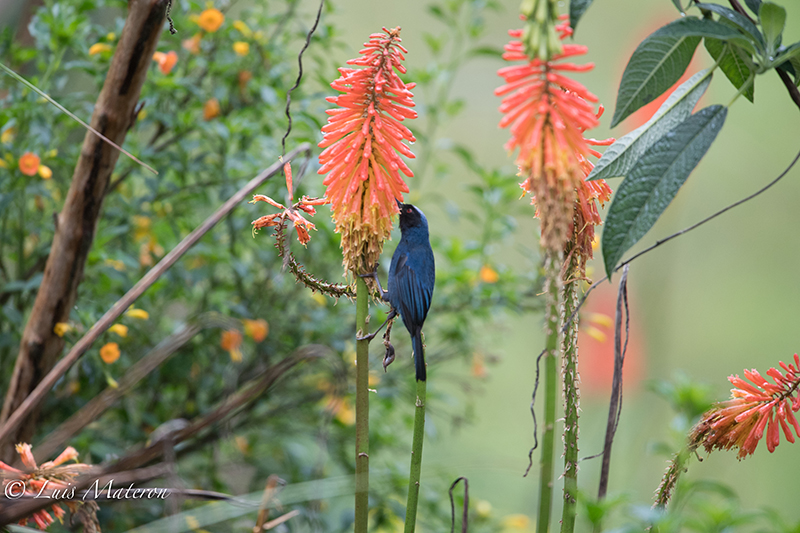
LAM_4994
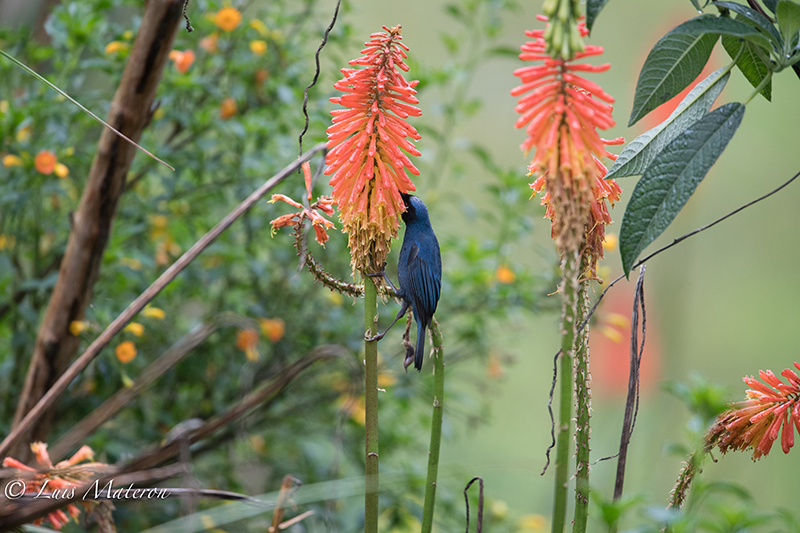
LAM_4995
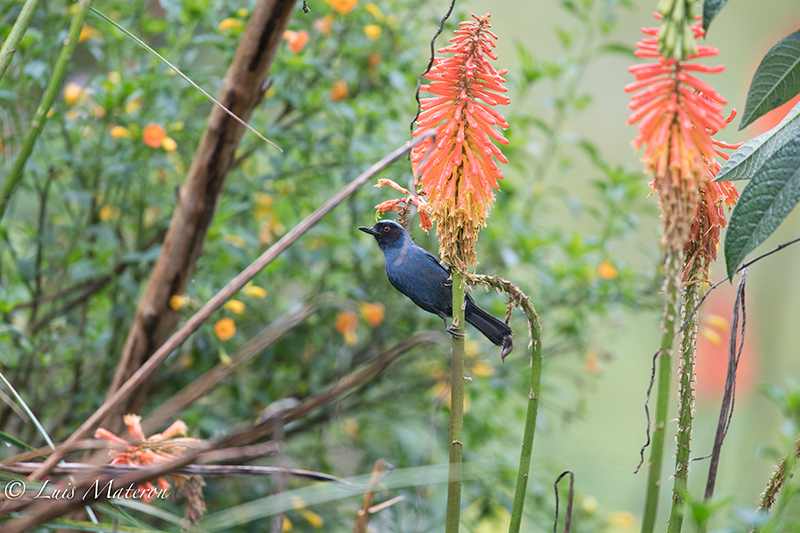
LAM_4998
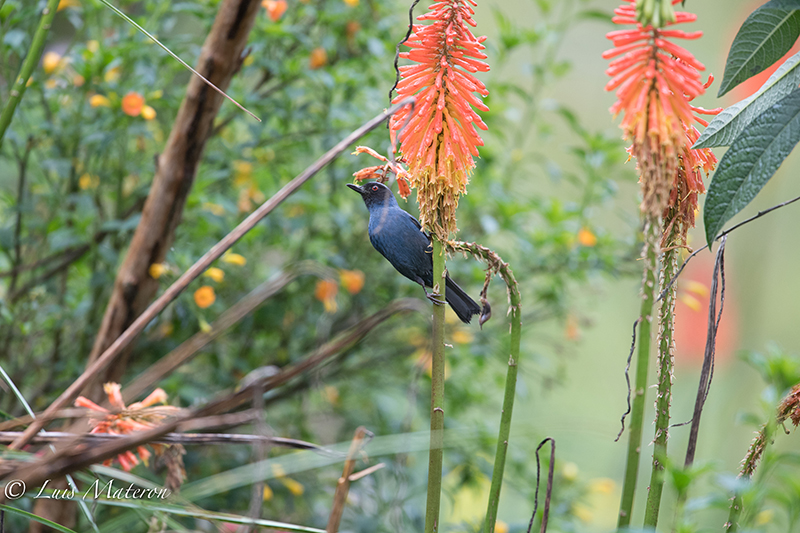
LAM_4997
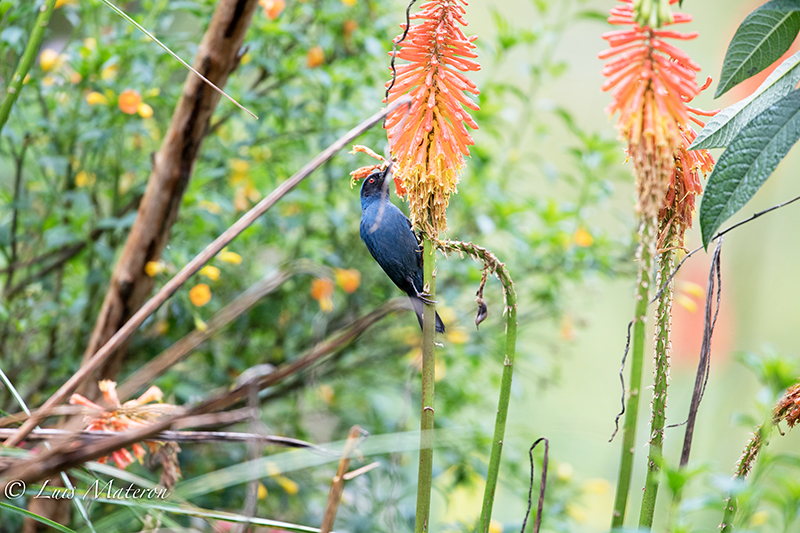
LAM_4998

LAM_5003
